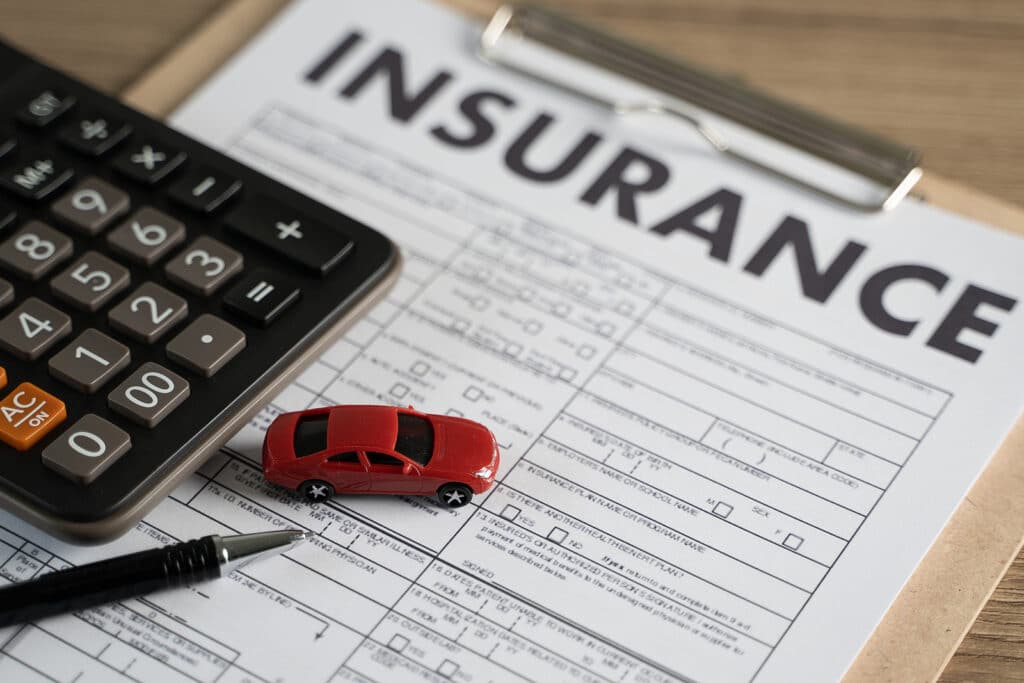A 5-step guide to car insurance for foreign drivers
Putting down roots in a new country can be thrilling—but it can also be a whirlwind, considering all the logistics you manage on a daily basis.
But whether you’re a short-term visitor or a permanent resident, being able to drive can be crucial to a smooth transition. To do so, you need car insurance.
We developed this five-step guide to help set you on the right path to properly insuring your vehicle.
1. Consider applying for a U.S. driver’s license
This isn’t a mandatory step—in fact, many auto insurers, including A Better Choice, don’t require you to have a U.S. driver’s license. However, if you’re a current resident and you’re interested in getting a license, there are a few paths you can take. First, find the Department of Motor Vehicles (DMV) for your state. The DMV handles driver’s licenses, plates, and vehicle titles, so they’re an excellent resource.
14 states may grant you a driver’s license regardless of your citizenship status:
- California
- Colorado
- Connecticut
- Delaware
- Hawaii
- Illinois
- Maryland
- New Mexico
- Nevada
- New York
- Oregon
- Utah
- Vermont
- Washington
If you don’t live in one of these states, don’t worry—you still have options. If you entered the country before your 16th birthday and have lived here consistently since then, you may qualify to apply for a driver’s license under the Deferred Action for Childhood Arrivals program.
Some states will also qualify you for a driver’s license once you establish residency. You may be able to apply for a driver’s license if you meet at least one of the following conditions:
- Your child goes to public school in the state
- You’ve lived in the state for more than 30 days
- You’re employed by the state
Apply for an international driving permit
If you’re a short-term visitor, you can apply for an international driving permit (IDP) in your home country before traveling to the U.S. This permit proves you’re licensed to drive in your home country.
2. Check your state’s minimum insurance requirements
If you own a vehicle, you need auto insurance in all states except New Hampshire and Virginia—and in Virginia, you need to pay an uninsured motorist fee if you choose to drive without insurance. Every state has its own minimum requirements for the types and amounts its residents need to carry. For example, one state might have a minimum of $15,000 for bodily injury liability coverage, while its neighboring state requires a minimum of $25,000 for the same coverage.
Check out your state’s requirements to help you make your decision. And no matter your circumstances, be sure you understand the serious risks of driving without auto insurance.
3. Determine which coverages make sense for you
Once you meet your state’s minimum requirements, there are many coverage options you may want to add to your policy, from personal injury protection to comprehensive and collision coverage. Your circumstances and financial situation will help dictate which coverages make the most sense for you.
In general, if you own or routinely drive a vehicle, consider purchasing:
- Bodily injury liability
- Property damage liability
- Uninsured/underinsured motorist protection
Drive safe with auto coverages, safety tips, and more from A Better Choice Insurance
4. Save money with discounts on your auto insurance
Don’t forget to research car insurance discounts that may apply to you. For example, you could qualify for discounts simply by taking a defensive driving course or owning multiple vehicles. Check with your agent to discuss discounts that could help ensure you get the most value out of your policy.
5. Review your insurance policy
If you acquire a U.S. driver’s license—or drive for a couple of months without incident—contact your insurance agent to see if there’s anything you can do to update your policy and potentially reduce your rates.
At Dairyland, we have decades of experience helping drivers new to the United States. Our customer service team, including several Spanish-speaking representatives, is available 24/7 if you have questions. Just give us a call at 719-667-1301.
Originally Published on Dairyland Blogs On March 31, 2022





